Top EdTech companies
Modern education is continually evolving, due in part to the rise of educational technology (EdTech) companies. These companies have made numerous strides over the years to push technology into the classroom, giving students new ways to learn and educators new ways to teach. We’ll explore four EdTech companies below that provide a unique learning experience for students, plus one company that’s focused on helping teachers.
Pro Tip
For an insightful look into the future of higher education, explore “8 Top Trends in Higher Education to Watch in 2024” on Jotform’s blog.
4 student-driven EdTech companies (+1 for teachers)
1. Kodable
It’s never too early to learn coding, as Kodable shows with their kid-friendly, game-centric technology. The company encourages kids to build their first programs at an early age to foster creativity and critical thinking. Kids can learn a variety of coding languages, and educators get the tools they need to teach kids computer science. Kodable’s offerings focus on two grade ranges: K through second grade and third through fifth grade.
Grades K–2
Kids ages four to seven learn drag-and-drop programming, create personalized characters, and build levels.
Grades 3–5
Kids ages seven to 10 explore JavaScript and Swift programming, design games with real code, and learn object-oriented programming.
2. Mystery Science
“Made for teachers. By teachers” is the adage for Mystery Science, which produces science curricula for teachers and students in grades K–5. The company promotes “open-and-go” lessons for hands-on, quick engagement, so students are doing as much as reading.
Mystery Science produces content covering more than 20 core topics, including
- Plant and animal secrets
- Weather watching
- Lights and sounds
- Chemical magic
- Human machine
- Spaceship Earth
3. Perceivant
Perceivant makes interactive learning tools that “help college students learn well to live well.” Their courseware enables dynamic, personalized learning, freeing students from standard textbooks — both physically and metaphorically. Perceivant’s learning platform also helps instructors manage classes and track student progress with content.
Perceivant’s three primary offerings are Bearface, BearTracks, and Guided Learning.
Bearface
Bearface is Perceivant’s courseware technology that students and instructors log into as part of their daily educational experience.
BearTracks
BearTracks is the companion mobile app. Students can track their grades and course assignments for each Bearface course on their iOS or Android mobile device.
Guided Learning
Guided Learning is an active learning interface and reporting platform. It delivers interactive content to students and allows them to track their own progress. Teachers have the ability to see at a glance how students are consuming class content.
4. Sibme
Sibme provides technology and service-based solutions that focus on helping educators teach more effectively. Their offerings include the Sibme Platform, professional services consultants, and virtual coaching.
Sibme Platform
This video coaching and collaboration platform helps educators identify, assess, and improve their instructional practices. Educators and school leaders can work together through recorded classroom sessions to annotate and discuss specific moments of instruction.
Sibme Professional Services
This add-on service provides schools with additional support for setting up and implementing the Sibme Platform. The process involves planning, account setup, workshops, reporting, and ongoing support.
Sibme Virtual Coaching
Drawing on the expertise of teaching professionals, Sibme provides administrators and educators with coaches to help improve classroom instruction. Coaches work with teachers one on one to improve their teaching methods.
5. zSpace
On the cutting edge of tech is zSpace, one of just a few EdTech companies working in the augmented and virtual reality space (AR/VR). zSpace produces an all-in-one solution and content across different educational contexts.
zSpace system
The zSpace system — consisting of a laptop, glasses, and stylus — brings AR and VR together to give students an interactive learning experience. The aim is to increase engagement and enhance students’ absorption of key concepts.
Content
zSpace also produces content for several different educational areas:
- K–12 educational lessons focus on STEM subjects and standards-based learning experiences that align with curriculum.
- Career and technical education (CTE) content prepares students for careers in automotive mechanics, health and medicine, and more.
- Medical learning content allows medical students to examine virtual living body structures that are anatomically accurate.
- Post-secondary content offerings include curricula for certificate, undergraduate, graduate, and professional school levels.
Which EdTech companies are you following? Tweet us and let us know!



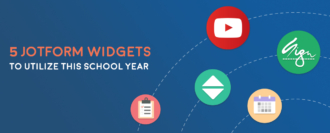



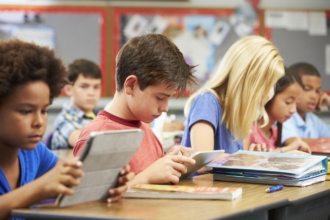






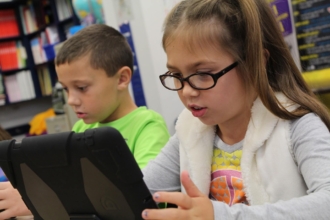
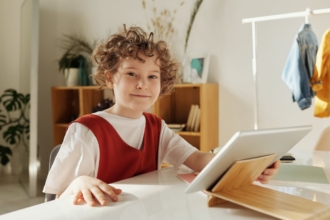
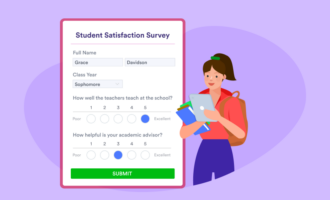






















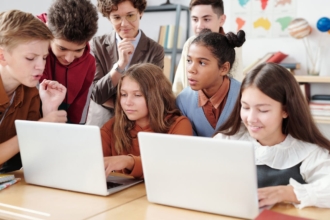














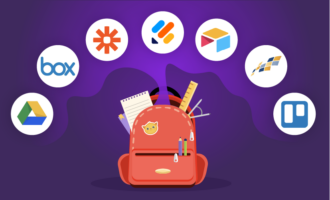


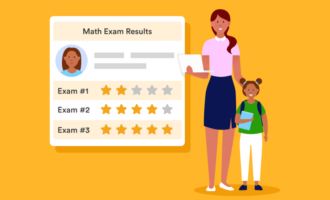
















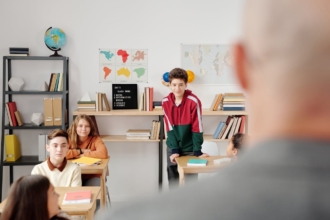



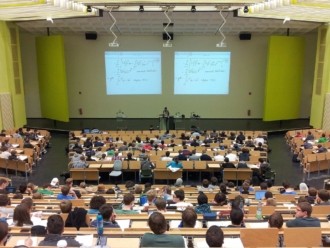







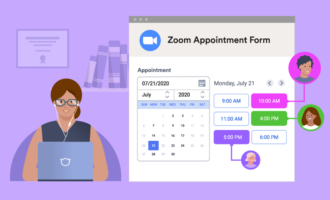



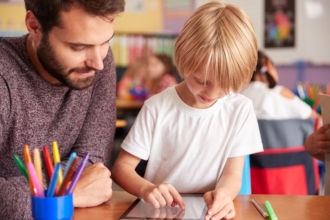






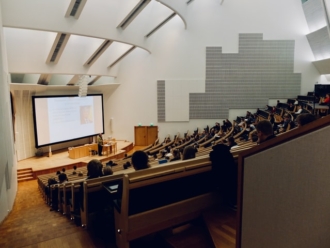
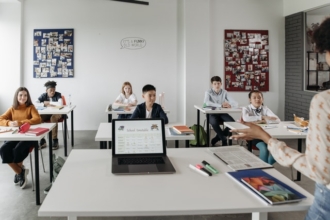



Send Comment: